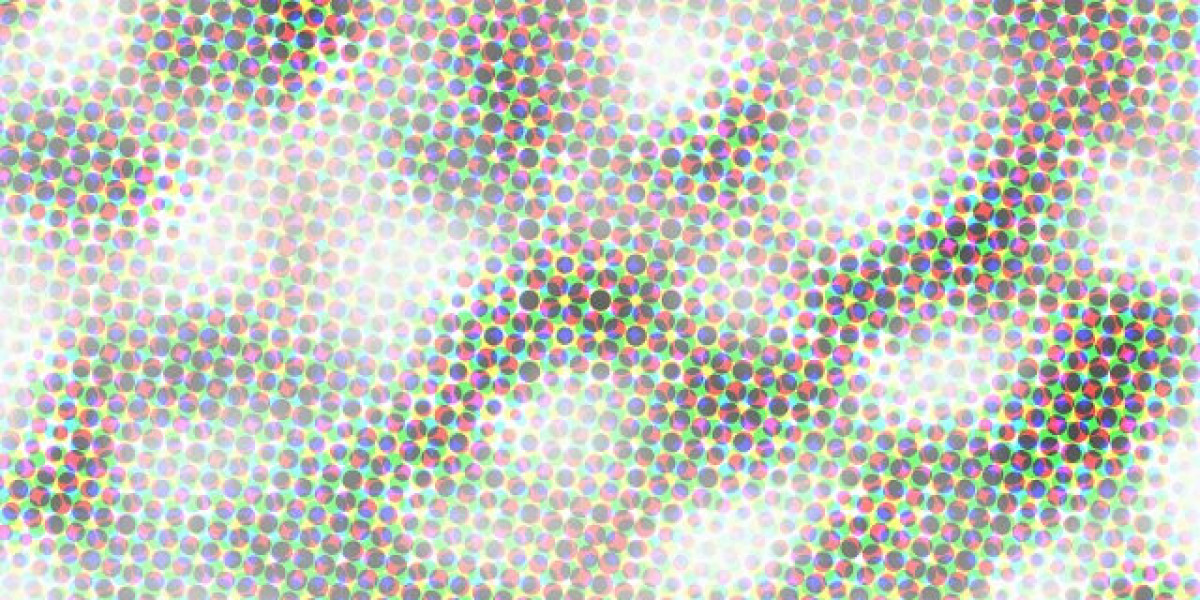KPV Peptide: Benefits and Side Effects
The principal benefit of KPV lies in its ability to inhibit the recruitment of neutrophils and other immune cells that are typically involved in tissue damage during inflammatory responses. By blocking specific chemokine receptors on leukocytes, it reduces the release of reactive oxygen species, proteases, and pro-inflammatory cytokines. In experimental models of airway inflammation, KPV administration has led to decreased mucus production, lower levels of tumor necrosis factor alpha (TNF-α) and interleukin-8 (IL-8), and an overall improvement in lung function. Clinical studies in patients with cystic fibrosis have shown that inhaled KPV can reduce sputum viscosity and bacterial colonization, thereby improving quality of life.
Another notable benefit is the peptide’s anti-oxidant activity. KPV scavenges free radicals generated during chronic inflammation, which helps to protect epithelial cells from oxidative stress. In skin research, topical formulations containing KPV have demonstrated a reduction in inflammatory markers such as interleukin-1β and an improvement in barrier function, suggesting potential uses for atopic dermatitis or psoriasis.
Side effects of KPV are generally mild because the peptide is rapidly degraded by proteases once it enters systemic circulation. Local irritation may occur when applied topically, especially if used in high concentrations or with excipients that cause skin dryness. Systemic exposure is minimal due to poor oral bioavailability; therefore, significant allergic reactions or systemic toxicity have not been reported in the literature so far.
What is KPV peptide?
KPV was first identified through studies of cathelicidin peptides derived from human neutrophil antimicrobial proteins. Researchers observed that a short fragment containing lysine, proline and valine could mimic the anti-inflammatory activity of larger molecules. Unlike many cytokines or monoclonal antibodies that target specific receptors, KPV acts as an antagonist to chemokine receptors CXCR2 and CCR5, which are crucial for neutrophil migration. By blocking these receptors, KPV prevents the cascade that leads to tissue damage.
The peptide is synthesized chemically using solid-phase peptide synthesis (SPPS). Its small size allows it to be administered via inhalation, lovebookmark.win topical creams, or intranasal sprays with relatively low manufacturing costs compared to larger biologics. Because of its short sequence, it can also be conjugated to other molecules for targeted delivery without significantly altering its activity.
Related Posts
- "Exploring the Role of Chemokine Receptor Antagonists in Chronic Inflammation" – An overview of how small peptides like KPV compete with natural chemokines to reduce leukocyte recruitment.
- "Comparative Study: KPV Versus Traditional Anti-Inflammatory Drugs in Asthma Management" – A side-by-side analysis of efficacy, dosing schedules, and safety profiles between KPV inhalers and standard corticosteroids.
- "Topical KPV Formulations for Skin Disorders: Current Research and Future Directions" – A review of the latest clinical trials testing KPV creams on atopic dermatitis and psoriasis patients.
- "The Biochemistry of Short Peptides: How Three Amino Acids Can Modulate Immune Responses" – An in-depth look at the structural basis for KPV’s activity and potential modifications to enhance stability.







